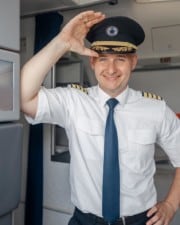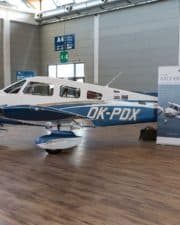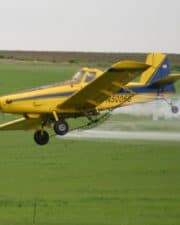Imagine flying in a world where every country had different rules. Pilots of international flights would have to mark each border they crossed by speaking to controllers in a different language or by being licensed by every government they come in contact with. In short, international aviation would be a lot harder than it is today. Thankfully, nearly all of the world has joined together and set international standards for these issues.
Table of Contents
The ICAO is the United Nations’ special agency tasked with creating these international aviation standards. It was created by the Chicago Convention of 1944, and its primary vision is to “achieve the sustainable growth of the global civil aviation system.” ICAO stands for the International Civil Aviation Organization.
What is The ICAO?
More than any other form of transportation, aviation crosses international borders in profound ways. While every country maintains control over who can fly in their airspace and how, the ICAO provides an internationally accepted set of standards. Nations can use those standards to draft their own regulations, thereby ensuring that their rules fall in line with the rest of the world’s rules.

Perhaps the best way to understand what ICAO does is to imagine what the world would look like should it not exist. If a pilot were trained in one country and flew to another, what if that other country did not recognize his training and certifications? Would every pilot have to be licensed in every nation in which they flew?
Furthermore, what if every nation had completely different rules for operation? For example, what if one required all flights to operate on an IFR flight plan? Each country might then have a different method for filing a flight plan and different requirements to do so.
Within its limited powers, ICAO accomplishes standardization in these matters and hundreds more. As a matter of fact, ICAO standards include more than 12,000 standards and recommended practices (SARPs). Everything from pilot licenses to making English the international language of aviation has been settled by the ICAO Assembly.
ICAO’s permanent headquarters are located in Montréal, Canada. The site was chosen for a variety of reasons. It is near the UN headquarters in New York, and Canada proved a suitable compromise location between the competitive rivals who had wanted to host the organization’s permanent seat, the United States and the United Kingdom.
What Does the ICAO Do?
The most significant task that ICAO undertakes is the creation of international standards for the aviation sector. They bring in stakeholders like industry and civil society groups to research issues and come up with best practices.
It’s a common misconception that ICAO is an international regulator. But no sovereign power would allow an international organization like the UN to usurp their own regulators’ authority. As such, each country is responsible for its own regulation and enforcement.
ICAO does provide a forum, though, for other countries to pursue diplomatic recourse should another nation transgress an international standard.

Current Objectives of the ICAO Council
ICAO’s current strategic objectives tackle the anticipated doubling of the air transport sector by 2030. According to their website, they are working on five specific areas that they believe will pose the most significant challenges with this growth going forward. They are safety, air navigation capacity and efficiency, security and facilitation, economic development of air transport, and environmental protection.
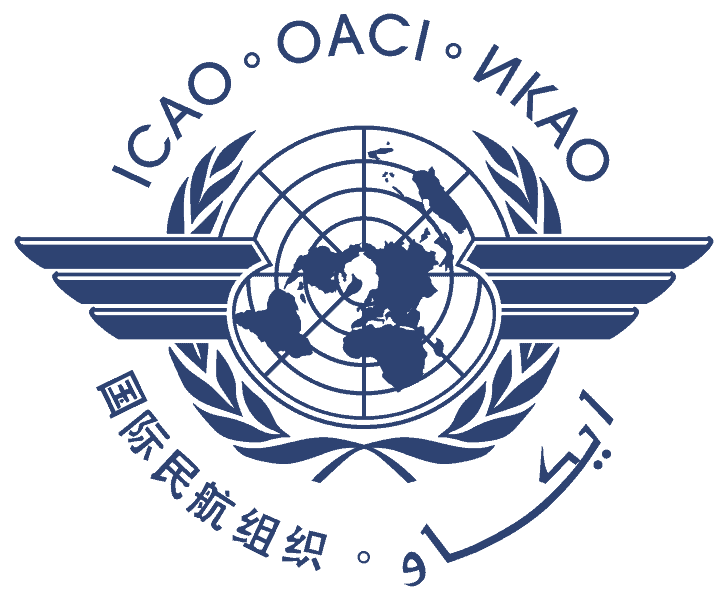
History of ICAO
Interestingly enough, ICAO predates the United Nations, the organization under which it falls. ICAO was formed in 1944, at the height of World War II, by the Chicago Convention.
The Chicago Convention hosted 54 nations to discuss the future of air travel. The war had brought tremendous growth and technological advancements to the aviation sector, and everyone knew that air transportation was going to boom in the new era.
The convention’s goal was to create a framework for the “standards and procedures for peaceful global air navigation.” It focused on providing a diplomatic structure that would allow civil aviation to develop “in a safe and orderly manner,” and “on the basis of equality of opportunity and operated soundly and economically.”
By the time of the convention in 1944, the formation of some global diplomatic mission seemed inevitable. Even though the UN had not yet officially formed, the framers of ICAO at the Chicago Convention included language that would ensure the yet-to-be-formed larger organization would encompass their organizational efforts.
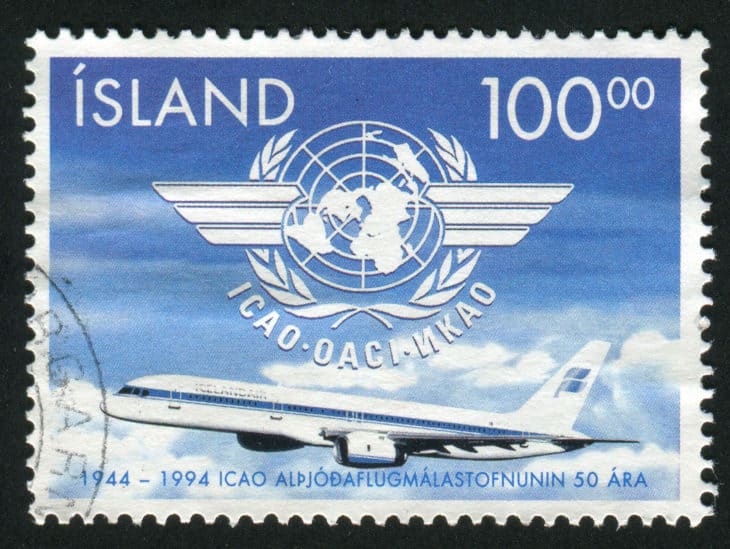
As crucial as ICAO was to the continued development of air transportation in the global economy, it wasn’t the first time such an organization was created. After World War I, the Paris Convention created the International Commission for Air Navigation (ICAN) in 1919. This group, along with other agreements reached through international cooperation in the years leading up to WWII, laid a strong historical foundation upon which ICAO could be built.
ICAO Codes and Designators
ICAO maintains a list of four-digit designations for international airports. These codes are used on international flight plans. The first one or two digits of the code indicate the geographic area and nation in which the airport lies. All continental US airports are prefaced with the letter K. Los Angeles International’s ICAO identifier is KLAX.
Most ICAO designations, however, have a location code followed by a nation code. The US gets special treatment because it’s such a large country with so many airports. For example, Central America is designated M, and Mexico is designated M, so Mexico’s airports are “MMxx.” Similarly, Pacific airports are “P,” and Hawaii would be PHxx and Alaska PAxx.
The FAA and IATA also issue airport codes, which confuses the issue a little. Generally, ICAO is only interested in airports where international flights arrive or originate. As such, many FAA-designated small fields do not have an ICAO code.
IATA is an organization made up of airlines. They also issue three-digit codes for airports, but only those fields where airlines serve. These codes are used for management and ticketing purposes, so the flying public most commonly sees these codes. They often match the local government code, or even a shortened version of the ICAO code, when they can.
There are over 40,000 airports globally, so you can imagine that coming up with simple codes for them all could get complicated. IATA codes are generally generated based more on the metropolitan area that an airport serves rather than on the airport itself.
As a final example to wrap all of this together, let’s look at Honolulu, Hawaii’s Daniel K. Inouye International Airport. Its FAA and IATA code is HNL, clearly chosen since it is Honolulu’s main airport. The ICAO code is PHNL because it is in the Pacific region and in Hawaii. The HNL happens to match, a bit of luck thanks to the fact that Honolulu and Hawaii both start with the letter H.
What is IATA?
ICAO, and their responsibilities, are often conflated with IATA, another critical international aviation organization. IATA is the International Air Transport Association, and it’s a trade group made up of the world’s airlines. It was formed at the Havana Convention in 1945, just one year after ICAO.

While there is a little bit of overlap, it’s essential to realize that IATA is focused entirely on international airline service. ICAO, on the other hand, deals with all aspects of aviation.
There are some areas of overlap. For example, both organizations issue airport and airline codes to be used in international flight plans. But IATA only has codes for airports served by airlines, whereas ICAO has a code for every airport.
Is the FAA under ICAO?
ICAO provides standards and best practices, but each country is in charge of its airspace. That means that every nation has its own regulator, responsible for certifying airmen and registering aircraft. Each nation is also in charge of enforcing those rules.
In the US, the Federal Aviation Administration is the government aviation regulator. When the FAA proposed a new rule, they look to ICAO for the best international practices and guidance.
Many times, FAA rules are rewritten to come into line with accepted international standards set by ICAO. One recent example is the adoption of the ICAO international flight plan by the FAA. For decades, pilots had used an FAA form to file a flight plan within the US airspace system. But in 2016, the FAA adopted the international ICAO form for all purposes.
ICAO Members
There are 193 member states of ICAO. A full list can be found on their website.

The full Assembly of all members meets not less than every three years, or more often if events require it. The Assembly votes and elects members of the Council, which meets more often and sets the agenda. The Council sets the overall strategic objectives for ICAO to pursue over the next few years.
Related Posts



